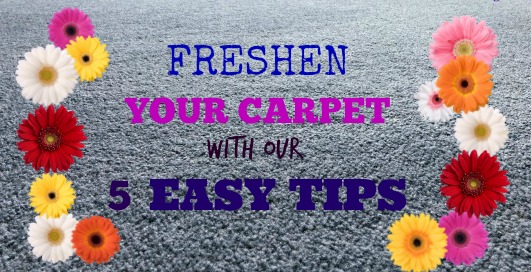Facts About Persian Carpets & Rugs
Deluxe Dry carpet care and cleaning services for Urmston Areas
Traditional Persian rugs have been made in many different weaving centres in Iran for thousands of years. The name Persia was changed to Iran in 1936 but the rugs and carpets made in Iran are still known as Persian. Traditionally Persian carpets were woven by hand and the knot density used as a measure of quality. The knot density of a rug refers to the number of knots securing the pile and is usually measured in knots per square metre. A high knot density indicates a more dense pile, the rug has taken greater skill and time to construct and is therefore of a superior quality and therefore the rug is more expensive.
Persian rugs are named after the region of their manufacture, or sometimes they are named after the ethnic group or tribe who make them. Each region or ethnic group may have rug patterns or colours or motifs that are used to distinguish the rugs , Nain rugs and Isfahan rugs are two of the most famous rug weaving areas in Iran they have a high knot density and are prized for their sophisticated and intricate patterns and their beautiful and durable pile made from high quality wool and silk.
Silk and wool and cotton are the materials that were originally used to make rugs because the nomadic tribes who made these rugs kept flocks of goats and sheep, they had access to cotton and they kept silk worms. Wool and silk and cotton have natural beauty the fibres are easy to clean and are durable and are suitable to be dyed
Contemporary Persian rug production whether hand knotted or machine made use chemically dyed wool and silk. These chemical dyes have been a part of modern rug production for well over a hundred years and although purists argue that only vegetable or natural dyes should be used in rug making,the truth is that many of the myriad colours and shades for a beautiful Persian rug would not be possible using only natural dyes.
There are advantages to both synthetic and natural dyes. Natural dyes from plants and vegetable sources can give a more muted, and subtle palette. The synthetic rug dyes that dye wool and silk are usually brighter, and tend to be more vivid and vibrant. Synthetic dyes are often more stable and have been made to attach easily to the wool and silk fibres but there are some vegetable dyes that have excellent colour fast properties.

